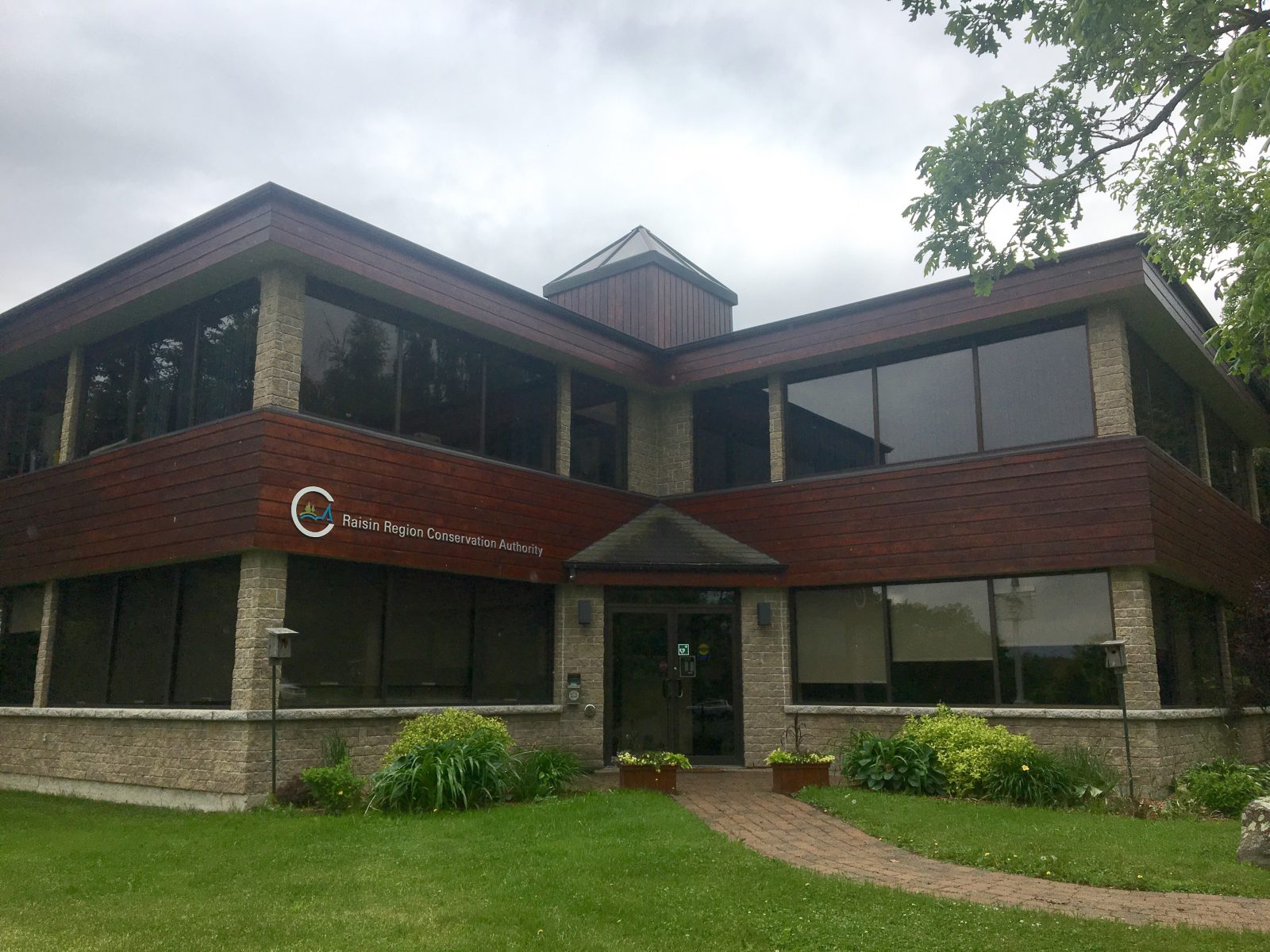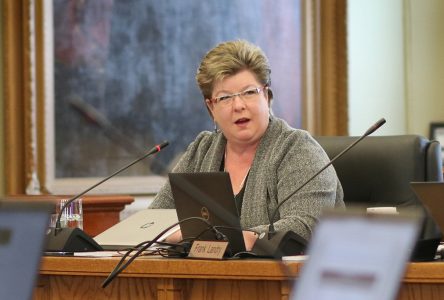CORNWALL & GLENGARRY, Ontario – The Raisin Region Conservation Authority (RRCA) recently released a ‘report card’ on water quality for the first time in over 10 years. The overall grade was a C, derived from specific scores: C+ in forest conditions, a C in wetland conditions and a C in pollution.
Several evaluation methods were used during the report, like the Benthis score, which examines invertebrate species in river beds.
E-Coli and Phosphorus were the two main pollutants found in the water. These pollutants can be found in manure and fertilizer. They are known to contribute to harmful algae growth.
Chris Critoph, Manager of Environmental Services with the RRCA, suggested that farming and agricultural practices are the primary culprit of water pollution in the area.
“Although there are other contributors (wildlife, faulty septic systems, urban runoff, industrial pollution, etc.) agriculture is the primary land use in our area and primary source of our water quality issues,” said Critoph.
According to Critoph, the RRCA has been working with landowners to prevent run-off nutrients from entering the water. These efforts include fencing cattle out of tributaries and providing them with alternative watering sources to avoid defecation in the water. They have also been updating manure containment facilities.
“We have been working with landowners to plant buffers along the shorelines of the various tributaries,” said Critoph. “This provides a filtering function for nutrient rich run-off off of agricultural land. So, when there’s a rainfall event on a field that has been fertilized, or manure has been spread, it will have a high nutrient content that will flow into the river. If we have a buffer established, it will help filter out those nutrients before they flow into the river.”
Critoph explained a buffer usually consists of approximately 15 ft of natural vegetation. The RRCA works with landowners to develop customized shoreline plans. Native species of shrubs, trees and perennials, like dogwood and willow, are often used as they hold the bank together and fight erosion.
Critoph and Jeff Ridal, the Executive Director and Chief Research Scientist at the St. Lawrence River Institute acknowledge that the water quality of the St. Lawrence River is generally better than the water flowing from the tributaries. Studies show the high nutrient content flowing from the creeks isn’t successfully mixing into the St. Lawrence River, but is instead hugging the shoreline. This matter is a concern to the RRCA and the River Institute.
According to Ridal, there is a low level of harmful algae, a cyanobacteria which produces toxins, present along the shoreline. This algae is aggravated by high temperatures and is currently an issue in the Great Lakes. It can be particularly dangerous for wildlife and small pets.
Despite the C grade, and a loss of forest cover and wetland cover, the tributary water quality has steadily improved in the last few years. Recent research from the University of Waterloo indicates that water quality levels can take up to 15-20 years to reflect the status of forest cover and wetlands in the area. Given the current state of forest cover and wetlands, Critoph predicts the water quality will see a decline in years to come if it correlates with this trend.
“We have to be diligent and have to keep monitoring,” said Ridal.



